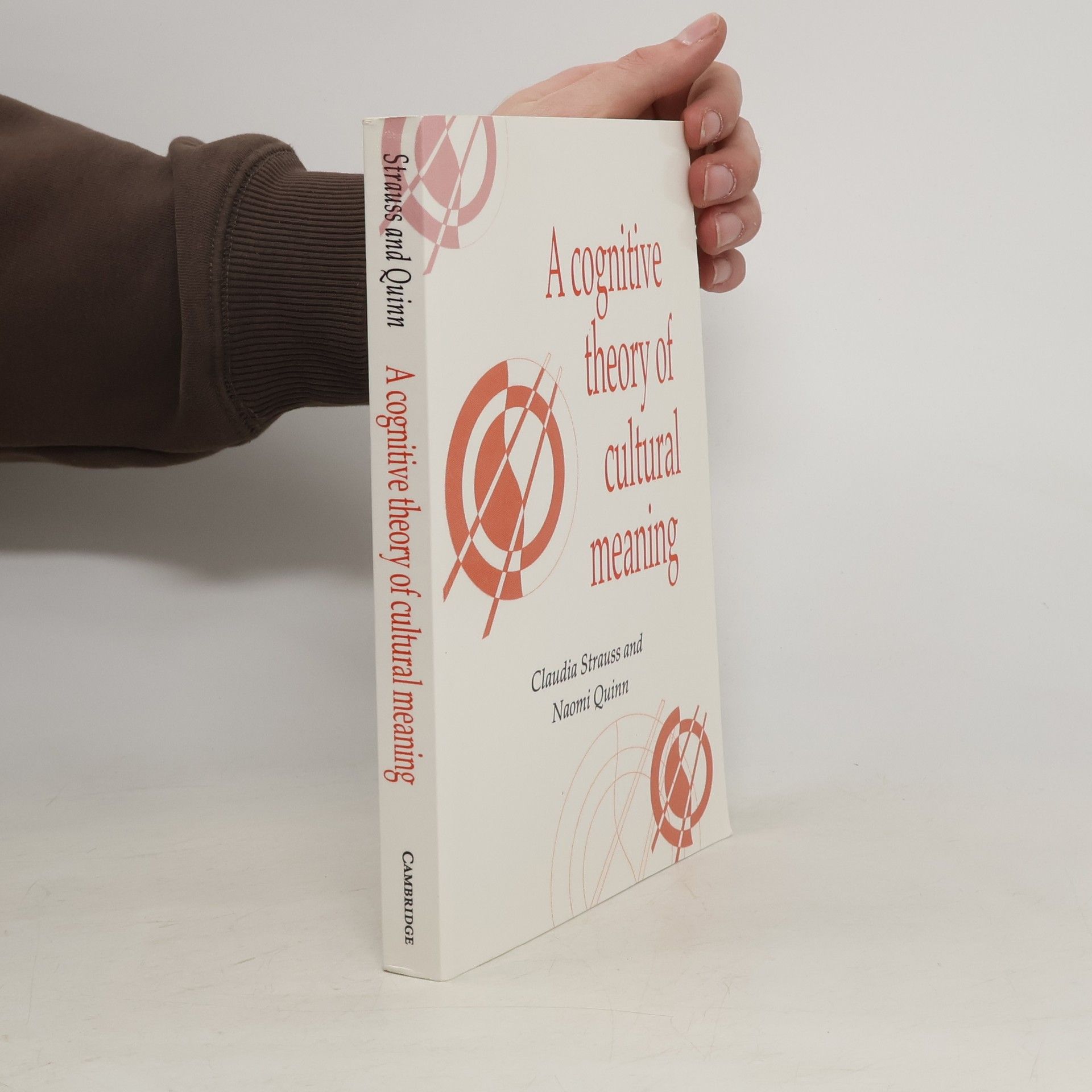"Culture" and "meaning" are central to anthropology, but anthropologists do not agree on what they are. Claudia Strauss and Naomi Quinn propose a new theory of cultural meaning, one that gives priority to the way people's experiences are internalized. Drawing on "connectionist" or "neural network" models as well as other psychological theories, they argue that cultural meanings are not fixed or limited to static groups, but neither are they constantly revised or contested. Their approach is illustrated by original research on understandings of marriage and ideas of success in the United States.
Claudia Strauss Boeken




The book explores the diverse motivations behind work among unemployed Americans, highlighting stories from various occupations, including day laborers and corporate managers. By featuring both immigrant and native-born individuals, it challenges the conventional narrative of workaholism driven by a Puritan work ethic, revealing a richer tapestry of experiences and aspirations related to work.
In What Work Means, Claudia Strauss observes that Americans are often described as workaholics driven by a Puritan work ethic. Drawing upon the evocative stories of unemployed Americans from a wide range of occupations, from day laborers to corporate managers, both immigrant and native-born, Strauss shows that this Puritan ethic cultural description homogenizes diverse work motivations. Describing Americans as workaholics conflates different forms of the Protestant work ethic. It ignores competing work ethics, such as working to live well instead of living to work. It overlooks the differing ways Americans understand work-life balance, appropriate consumption, self-sufficiency, the division of breadwinning responsibilities in couples, and meanings of work for one's gender identity. Moreover, the workaholic description misses the fun that many Americans say they find from their jobs. Stretching from the Great Recession to the Covid-19 pandemic, What Work Means inspires discussions about current work and its many meanings in current contexts of teleworking, greater automation, and nonstandard employment.